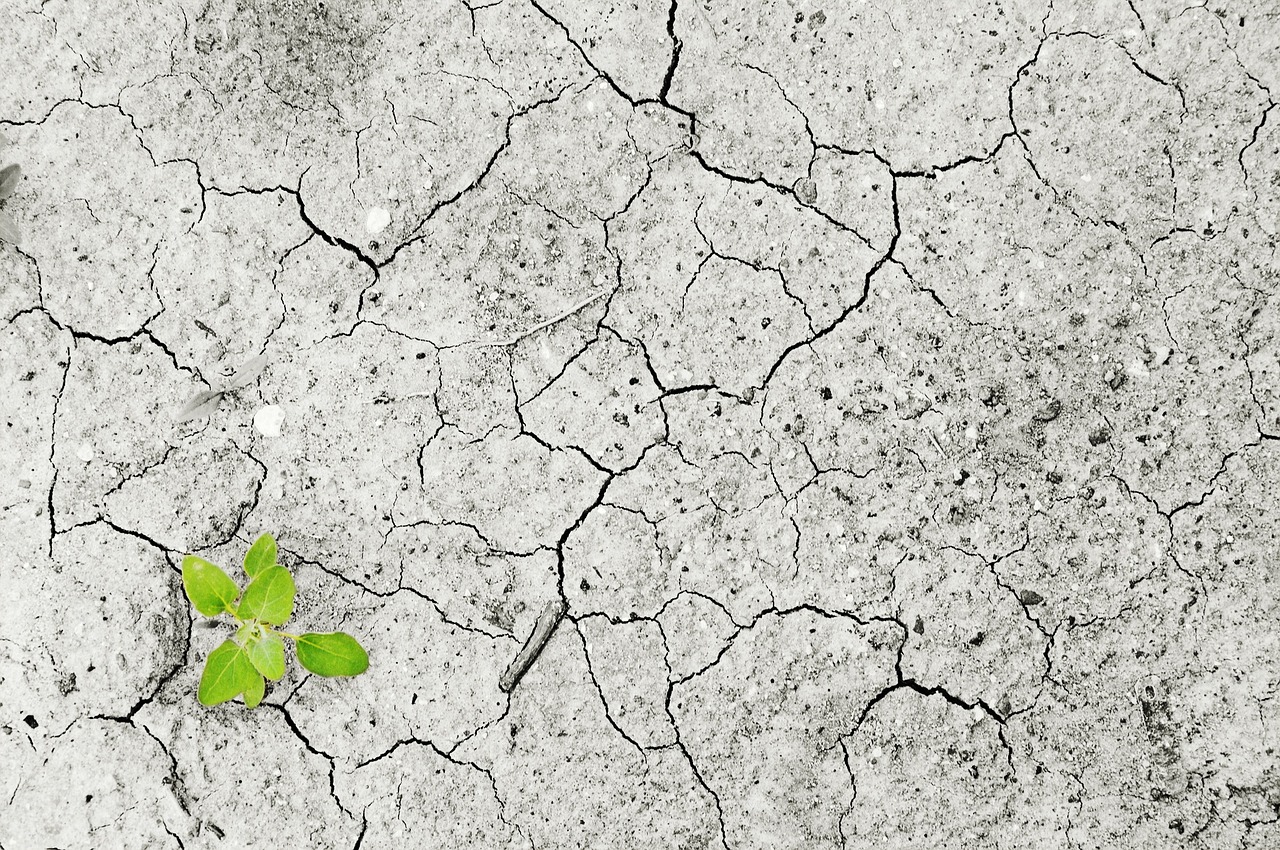Tropical cyclones, heavy rainfall, severe droughts—the extreme weather phenomena associated with “El Nino” also impact health. Crop failures can threaten food security, and cholera, malaria, and dengue fever outbreaks become more frequent.
The warmest year to date since the beginning of industrialization was 2016, a strong “El Nino” year. For a few weeks now, “El Nino” has been back. It will reach its peak at the end of the year. Combined with artificial global warming, 2024 could bring new record high temperatures, the World Meteorological Organization (WMO) expects. This will also have health consequences.
Heavy rainfall and severe droughts
“El Nino” events are usually associated with increased rainfall in parts of South America, the southern United States, the Horn of Africa, and Central Asia. In contrast, “El Nino” can also cause severe droughts in Australia, Indonesia, parts of South Asia, Central America, and southern Africa, reports Walter Baethgen of Columbia University.
Risk to food security
The researcher says if it gets drier in South and Southeast Asia, it will affect rice harvests, especially in the major exporting countries of India, Thailand, and Vietnam. If rice harvests are lower, less rice is available on the world market, and prices rise. “This combination tends to have a major impact on food security.” Especially in countries where rice is an important staple, such as Indonesia or Senegal.
Cholera, malaria and dengue fever
During “El Nino,” a shift in waterborne diseases such as cholera can be observed. Areas that are more affected by El Nino are also more affected, whether they suffer from droughts or floods. During droughts, people are more tempted to drink unsafe water. During surges, drinking water contamination can occur.
Madeleine Thomson of the Wellcome Trust reports increased outbreaks of infectious diseases such as malaria or dengue fever. With more rainfall than usual, mosquitoes find breeding sites more easily. If it is warmer than normal, the rate of transmission increases because the pathogens develop more quickly.
In Ethiopia’s highland and mountainous regions, for example, malaria is less prevalent due to low temperatures. However, that changes in years when the El Nino weather phenomenon is widespread. “Historical data shows that during an ‘El Nino,’ transmission increases in highland areas where the population is not immune,” says Madeleine Thomson. That makes it all the more important to be prepared, she adds.
- source: orf.at/picture: Bild von andreas160578 auf Pixabay
This post has already been read 2482 times!



